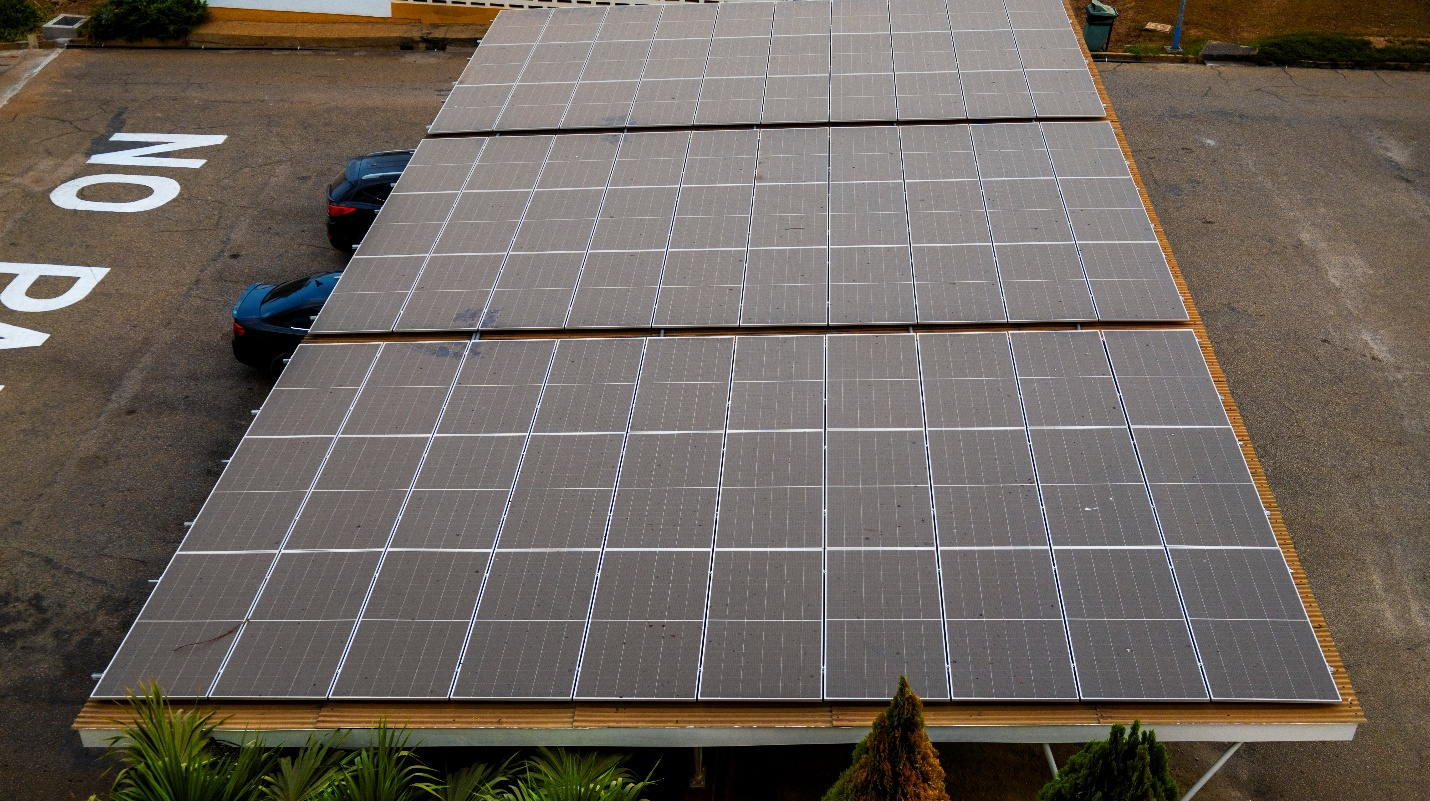A study conducted by researchers at the Brew Hammond Energy Centre, KNUST, has revealed that certain types of solar panels, specifically monocrystalline silicon panels, perform better in low light conditions than others, making them more reliable for areas that don’t get strong sunlight all year round.
The research led by Professor Gabriel Takyi, a fellow at the Centre, compared monocrystalline and polycrystalline panels, the two most common types used in homes and solar farms. They found that monocrystalline panels consistently delivered higher power output at lower sunlight levels than polycrystalline ones. This means fewer panels may be needed when using monocrystalline types, even when sunlight is weak.
They also looked at how solar panels age when exposed to light over time. This process, called light-induced degradation (LID), can reduce a panel's performance. Surprisingly, even polycrystalline panels, which are expected to resist this degradation, also showed some drop in performance after initial exposure.
The findings are important for solar energy developers, especially in Sub-Saharan Africa, where sunlight intensity can vary due to weather and location. By choosing the right type of panel, solar installers can save costs and improve energy output even on cloudy days.
For Further Technical Reading:https://www.ajol.info/index.php/njt/article/view/216304

